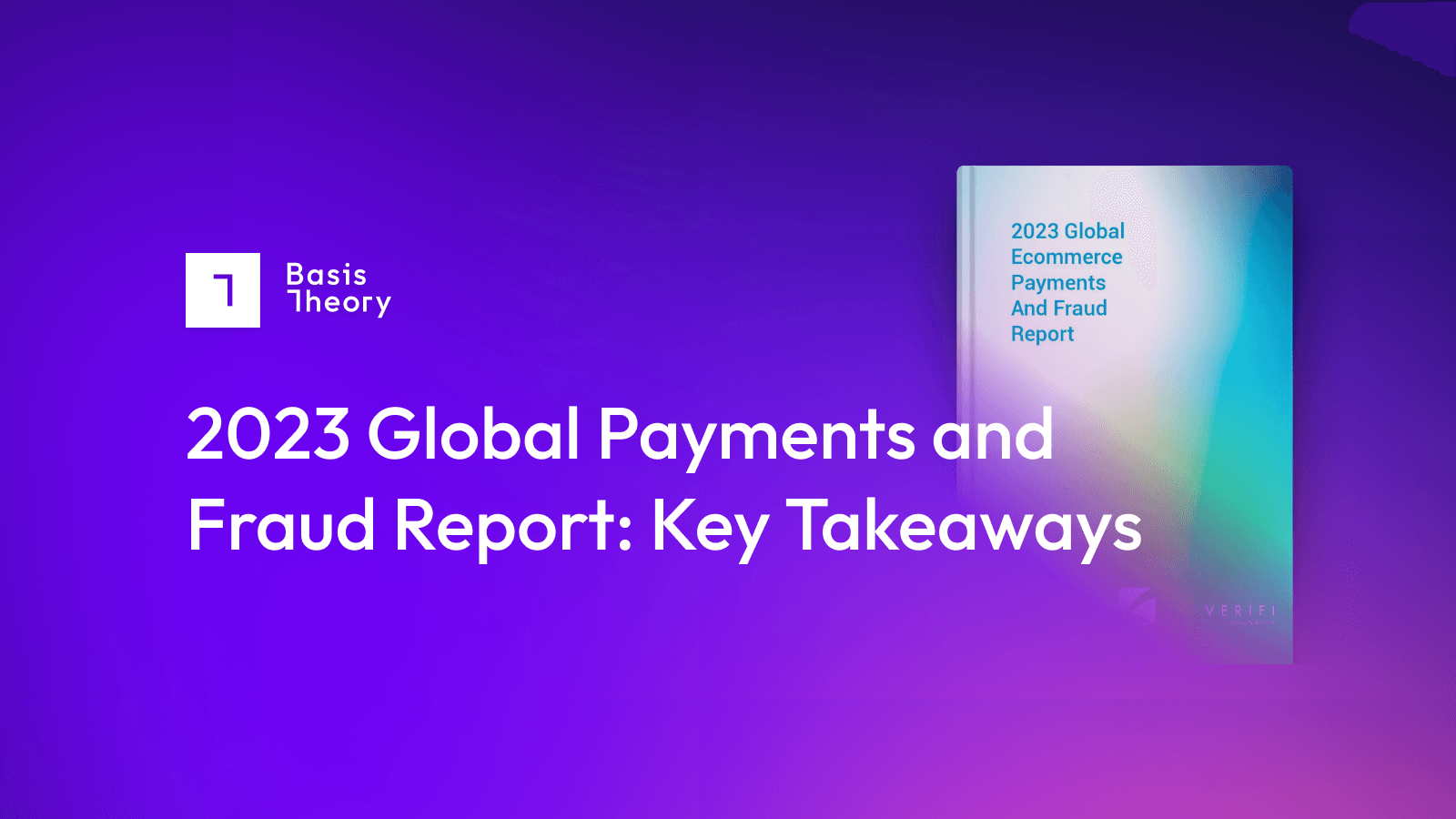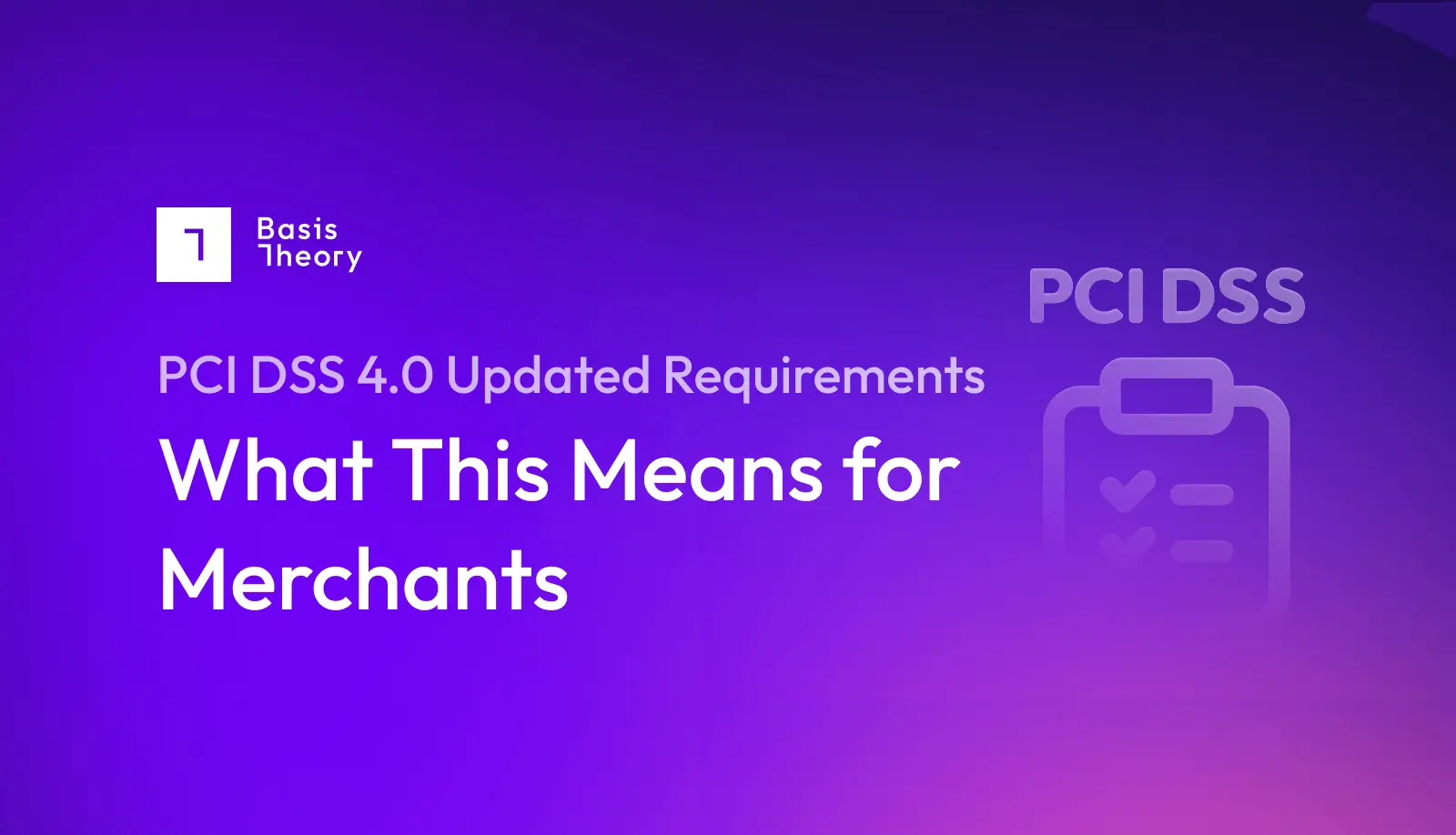2023 Global Payments and Fraud Report: Key Takeaways

The annual Global Payments and Fraud report produced by the Merchant Risk Council, Cybersource, and Verifi surveyed 1,072 merchants who identified as being involved in fraud and payment management. Surveyed merchants served many different industries, including physical goods, services, travel/tourism, digital goods, and more.
Merchants responded from across the globe, distributed across the following regions:
- North America - 41%
- Europe - 25%
- APAC - 17%
- LAT AM - 17%
Additionally, the respondents were from varying sizes of organizations, from SMB, to mid-market and enterprise-level organizations.
Here are some of our top takeaways from the report, along with trends and predictions for the upcoming payments landscape.
Accepted Payment Methods in North America
Although the ranked order is striking, it probably comes as no surprise that in North America the top three accepted payment methods according to the surveyed merchants were:
- Digital wallets - 76% accepted
- Direct debit or bank transfers - 73% accepted
- Cards (debit or credit) - 60% accepted
It’s certainly a sign of the times that digital wallets took the top spot, and that cards were only accepted by 60% of merchants! However, this is likely due in part to the preference for lower-cost debit cards, and in part to the rapid adoption of emerging payment methods.
The survey reported significant growth in digital wallets and Buy Now Pay Later, bringing digital wallets to the top spot of all accepted payment methods. 47% of companies surveyed added digital wallets in the last 12 months, while 44% added BNPL as accepted payment methods.
With the introduction of newer payment methods, top-performing merchants are placing emphasis on ensuring they can accept the payment methods their customers want to use - even those nobody would have even considered a year ago. Based on the survey results, merchants on average accepted 5.3 different payment methods in total, with each merchant adding an average of 3.2 new payment methods in the last 12 months.
What is the primary motivating factor for merchants to accept a new payment method? Unsurprisingly, the top reason was to improve customer experience. As a merchant, you want to be sure you’re accepting the payment methods your customers use.
Top Payment Management KPIs
Payment Management KPIs
Payments professionals primarily focus on the KPIs that benefit the bottom line and lead to increased profitability. The survey found that MRC member merchants, specifically, track an average of seven different KPIs.
The top payments KPIs measured by merchants globally were payment success rate (50%), revenue (48%), and cost of payments (45%). These KPIs are no surprise, as increased revenue and payment success rate, with a decreased cost of payments, directly impact a merchant’s profitability while other metrics presented, such as customer NPS and average ticket size, were lower on merchants’ lists to measure.
Fraud KPIs
As reported in the survey, 2.9% of e-commerce revenue was lost to payment fraud globally, which was a welcome reduction from 3.6% in 2022. In North America, revenue lost to fraud was slightly lower than the global metric, at 2.4%.
The cost of managing e-commerce payment fraud is a primary KPI for most merchants, and often represents a significant cost. North America and Europe on average spend 10% of their revenue on expenses (payroll, resources, and systems) related to managing and reducing payment fraud. In APAC, this expense is closer to 15%, while LAT AM spends a staggering 19% of revenue on fraud prevention.
Interestingly, the US and Canada have some of the lowest fraud rates globally, as well as some of the lowest expenses. This can be attributed to preventive fraud management, which is often less expensive than crisis management after fraudulent activity has occurred. These preventive measures include:
- improving customer experience,
- reducing the actual chargebacks, and
- minimizing fraud related operational costs.
Top Fraud Attacks and Challenges Globally
The top four fraud attack types reported by surveyed merchants globally include:
- Phishing/pharming/whaling - 43% of merchants claimed to have experienced this type of fraud, which aims at tricking people into giving up card information or making purchases they don’t authorize
- First-party misuse - also known as “friendly fraud” or chargeback fraud, is incredibly costly to combat and something merchants keep a close eye on, especially with updated compelling evidence of proposed card network rules that may reduce this
- Card testing - when someone tries to determine whether a stolen card is usable by testing purchases on it
- Identity theft - where an attacker leverages someone else’s identity to open cards fraudulently, then uses them
Top Fraud management challenges
Fraud isn’t easy to combat, and merchants are feeling the pressure of trying to manage it while keeping costs low.
The biggest challenge merchants reported was in effectively using data to manage fraud (38%).
Second and third were identifying emerging fraud attacks (34%), and keeping up-to-date on rule changes by payment and card networks (32%), respectively. When it comes to priorities for improvement, fraud analytics sits at the top of the list with 53% of merchants stating they’ll focus on this in the next 12 months.
Of note, the report states, “As the complexities of fraud, global ecommerce, compliance and consumer behavior changes, the use of insights to better understand how effective they are at managing fraud and increasing revenue remains more important than ever.”
Our Takeaways
While fraud cannot be completely eliminated, proactive management can improve a merchant’s effectiveness and bottom line. Turning to fraud management tools, managing costs, and staying ahead of payments regulations can help merchants remain proactive in the fight against fraud.
Because staying up-to-date on rules and regulations can be challenging, merchants can turn to AI solutions to help them get quick, easy-to-understand answers to help them remain in compliance.
As a PCI Level 1 compliant service provider, Basis Theory extends an independently assessed and approved cardholder data environment (CDE) to customers. Combined with a suite of configurable tools, services, and tokens, companies can collect, secure, and share credit cards without bringing their systems into scope. This approach allows companies to avoid the costs and distractions associated with 95% of the requirements in the Payment Card Industry Data Security Standard (PCI DSS) while retaining complete control over their cardholder data.
.png?width=365&height=122&name=BTLogo%20(1).png)




